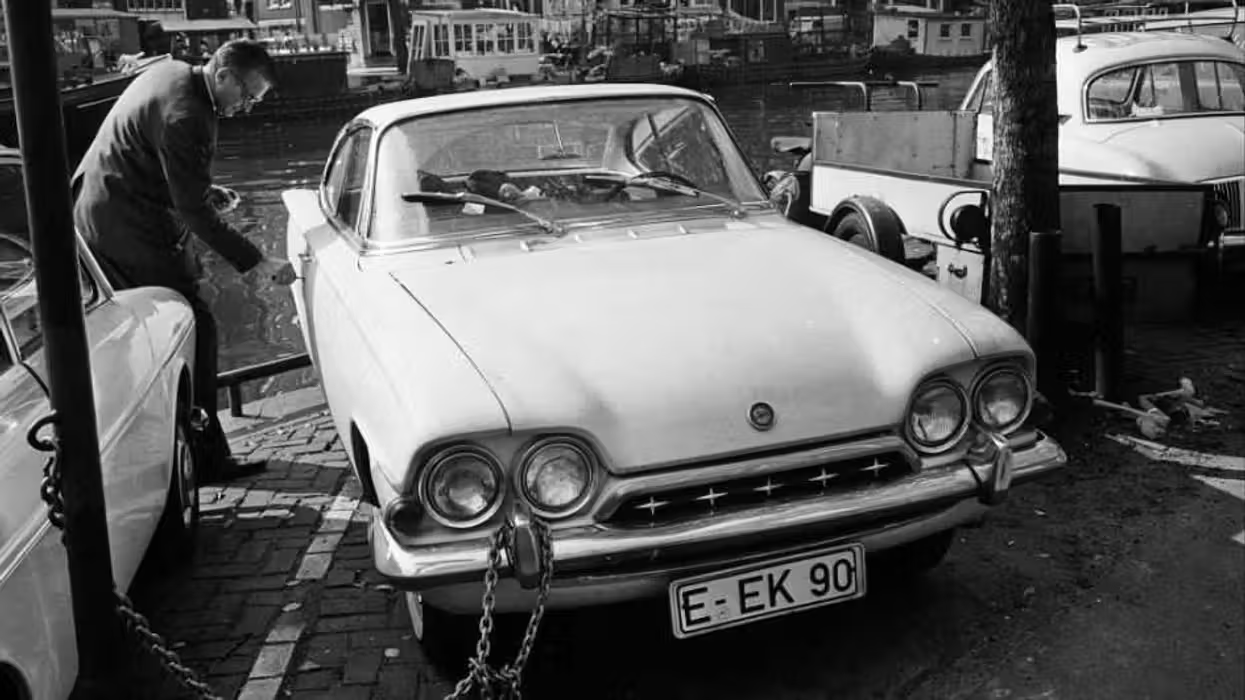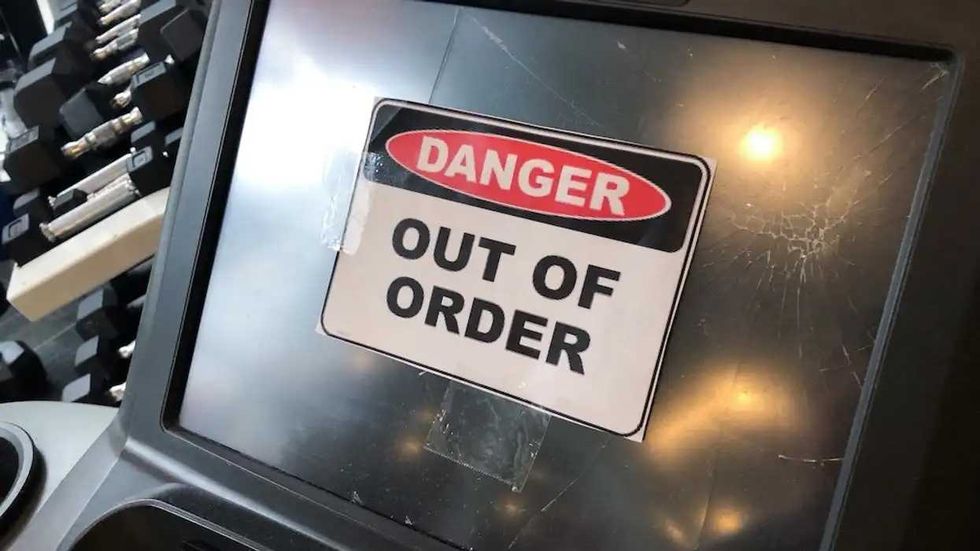
Sepia Times/Getty Images

The REPAIR Act aims to preserve your right to choose who fixes your vehicle.
When it comes to replacing your daily driver, “used” is often the smartest buy. A low-mileage model from a few years back can save you real money while offering nearly all the same features. And as long as you do your homework, a well-maintained used car is every bit as serviceable as something brand new.
But that might not be true for much longer.
In states without strong right-to-repair protections, shops are already reporting cases where newer vehicles simply can’t be serviced without dealership intervention.
Automakers are steadily locking down the data that modern cars generate. If they succeed, independent repair shops, do-it-yourself mechanics — and your wallet — will feel the squeeze. The stakes are enormous: 273,000 repair shops, 900,000 technicians, and 293 million vehicles could be affected.
Stick with me. By the end of this, you’ll know exactly why the national right-to-repair movement is pushing the REPAIR Act — and why it’s worth calling your legislator today.
For decades, car repair was straightforward. The OBD-II port — standardized in 1996 — gave shops and owners direct access to diagnostic data. That openness fueled competition, kept repairs affordable, and protected your right to choose who services your car.
Today’s vehicles are computers on wheels, containing hundreds of microprocessors and dozens of electronic control units. And instead of sending data through that familiar port, cars now stream diagnostics wirelessly through telematics systems. In 2021, half of all vehicles already had this capability. By 2030, McKinsey projects 95% of new cars will be fully connected.
Here’s the problem: That wireless data goes straight to the manufacturer. They become the gatekeeper — deciding who gets access, at what time, and for what price.
Independent shops get shut out or forced to pay steep fees for limited information. Consumers get funneled back to dealerships. And while telematics can offer real benefits — remote diagnostics, predictive maintenance — those perks mostly stay inside the dealership network when automakers control the data.
When manufacturers monopolize data, drivers pay the price.
In states without strong right-to-repair protections, shops are already reporting cases where newer vehicles simply can’t be serviced without dealership intervention.
Independent repair is a massive economic engine. Cut off their access to data, and the ripple effects are huge:
Voters have noticed. Massachusetts passed a telematics right-to-repair initiative in 2020 with 75% approval. Maine followed in 2023 with 84%. Those wins matter — but a patchwork of state laws won’t protect drivers nationwide.
Industry groups — including the Auto Care Association, MEMA Aftermarket Suppliers, and the CAR Coalition — are backing the REPAIR Act (H.R. 906). It’s not radical. It simply updates consumer rights for the connected-car era.
Four core principles drive the bill:
The act restores choice. You can repair your own vehicle — or choose any shop you trust. It bans anticompetitive behavior like withholding service information or requiring dealer-exclusive parts. And crucially, wireless data must be shared through secure, standardized, owner-approved channels.
NHTSA and the FTC would set cybersecurity rules. Consumers would receive clear data-sharing notifications. And if manufacturers abuse the system, the FTC can act fast.
RELATED: Right-to-repair sweetens McFlurry but sours when lives are at stake

Without the REPAIR Act, the used-car market collapses into uncertainty. Vehicles that require dealer-only repairs will lose value quickly. Planned obsolescence accelerates. And as cars become fully connected, the familiar OBD-II era winds down.
A car you buy in 2025 could be effectively “dealer-locked” by 2030.
Manufacturers argue they need total control for cybersecurity. But secure, standardized data access — the model used globally — proves you can protect vehicle integrity without destroying competition.
The aftermarket already has a workable framework: encrypted data, authenticated access, owner permissions, and interoperable platforms. It's practical, safe, and ready today.
Without federal action:
The REPAIR Act reverses all of that. It creates a fair system where manufacturers build the cars — but the aftermarket keeps them running.
This affects every driver. Contact your representative and urge support for the REPAIR Act.
It protects choice, savings, and your right to repair in a digital automotive world.
Your car, your data, your repairs. That’s what’s on the line.
Lauren Fix